Boosting Home Energy Efficiency With RetroFoam Insulation
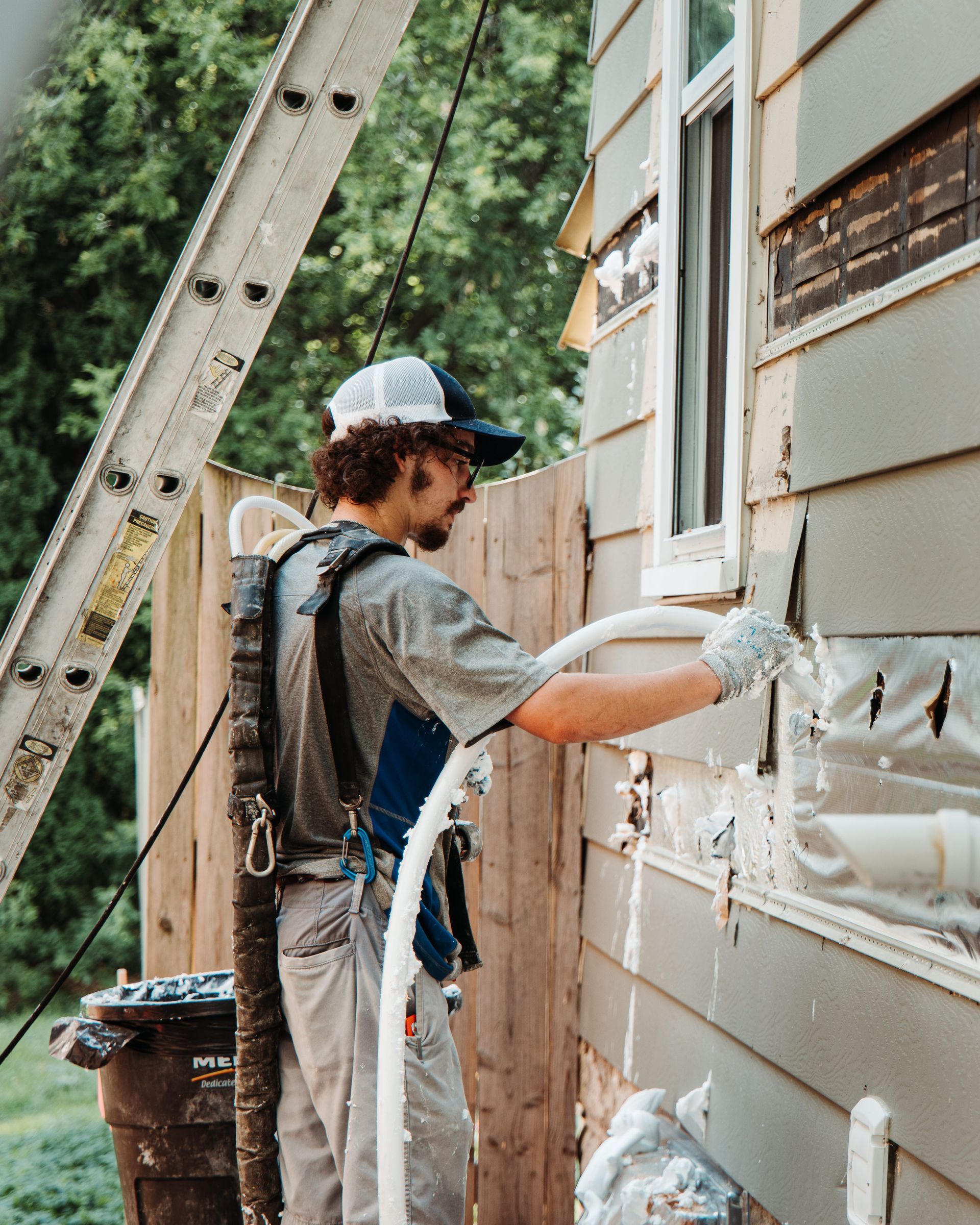
Insulating your home with RetroFoam transforms walls into energy-saving components, akin to achieving Energy Star certification. By injecting RetroFoam into wall cavities, homeowners reduce strain on heat pumps and HVAC systems. Made of a tri-polymer-based resin, RetroFoam creates a tight seal against air leakage, lowering energy bills and enhancing comfort. This investment pays off by maintaining a cozy and cost-effective living space. Discover how RetroFoam insulation can significantly boost your home’s energy efficiency.
Key Takeaways
- RetroFoam Insulation Improves Home Energy Efficiency and Can Lower Energy Bills
- The Insulation Is Effective in Reducing Thermal Exchange and Minimizing External Noise
- RetroFoam Is Moisture-Resistant, Which Helps Preventing Mold Growth and Maintaining Structural Integrity
- Homeowners Can Assess Energy Savings Through Audits Before and After RetroFoam Installation
- Regular Inspections of RetroFoam Insulation Are Necessary to Maintain Its Energy-Saving Performance
Exploring the Energy Efficiency of RetroFoam Insulation

Among the many options for home thermal insulation, RetroFoam stands out as an innovative solution that combines functionality and efficiency. Its unique properties extend beyond merely filling wall cavities or sealing window gaps. Homeowners recognize its effectiveness in reducing energy consumption, particularly in heating and cooling.
Integrating RetroFoam into home construction enhances comfort and significantly reduces monthly energy bills. In the following sections, we’ll explore RetroFoam’s standout features, its benefits for energy efficiency, and its impact on reducing energy costs in real-world applications.
What Makes RetroFoam Stand Out for Insulation?
RetroFoam stands out from cellulose and fiberglass insulation by maintaining consistent temperatures and reducing the need for constant thermostat adjustments. Injected into wall cavities, RetroFoam adheres to inner surfaces without removing drywall, enhancing energy efficiency in a less invasive way. Its energy-saving performance improves indoor air quality, reduces heat transfer, and can qualify homeowners for a tax credit, offering financial incentives while promoting energy conservation and environmental protection.
Key Benefits of RetroFoam for Home Energy Efficiency
RetroFoam insulation enhances home efficiency, leading to significant cost savings on energy bills. By creating a superior barrier against the elements, RetroFoam reduces thermal exchange and lowers the workload on heating and cooling systems. An energy audit can showcase these savings. Its resistance to moisture prevents mold and mildew, improving indoor air quality. Additionally, RetroFoam’s sound-dampening qualities reduce noise, ensuring a quieter home. This effective injected foam insulation supports energy conservation and creates a healthier, more comfortable living environment.
Real-World Impact on Home Energy Bills
After switching to RetroFoam insulation, homeowners often see a quick drop in energy bills. The injected foam’s strong insulating capabilities protect the home from thermal transfer, reducing reliance on air conditioning. Compared to traditional insulation, RetroFoam significantly improves indoor air quality. This makes RetroFoam a strategic and healthy home improvement investment, enhancing energy conservation and comfort.
A Deep Dive Into RetroFoam’s Impact on Heating and Cooling Costs
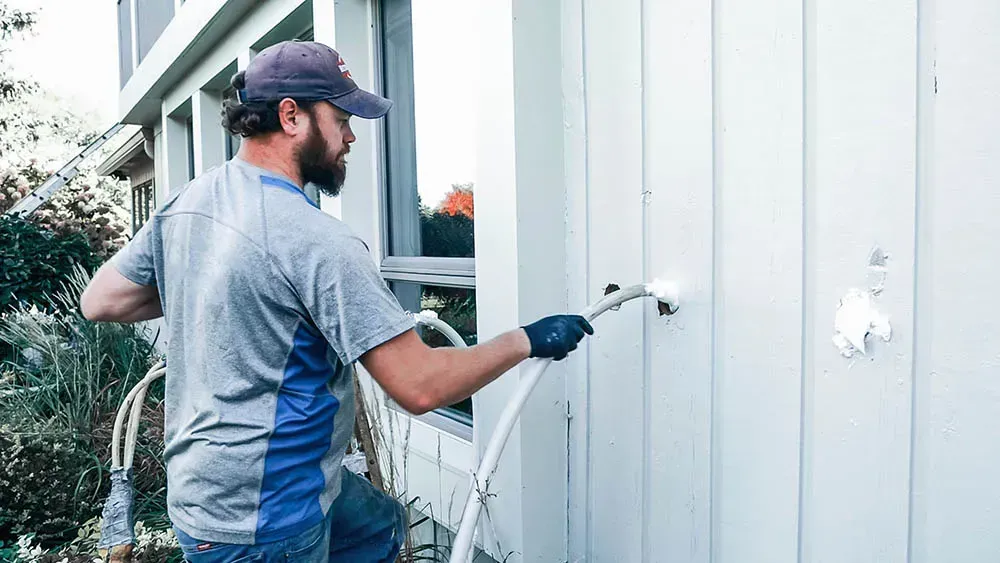
RetroFoam insulation offers superior temperature control as the quest for home energy efficiency continues. This segment explores the physics behind RetroFoam’s ability to stabilize indoor climates. Creating a tightly sealed thermal envelope around structural elements reduces air infiltration and dust circulation, resulting in a cleaner, more consistent environment. Homeowners often perform an energy audit to compare heating and cooling costs before and after RetroFoam installation, revealing significant savings and improved heat resistance.
The Science Behind RetroFoam’s Temperature Control
The attic is a major battleground against energy loss, where RetroFoam’s injection foam application significantly changes the dynamics. This insulation enhances energy conservation throughout the seasons by creating an impermeable layer that curbs air infiltration. This leads to improved efficiency in heating and cooling systems, reducing overall energy demand. As a result, homeowners enjoy a comfortable environment with lower utility bills and better energy efficiency.
Comparing Costs: Before and After RetroFoam Installation
Homeowners in Wisconsin report a significant decrease in utility costs after installing RetroFoam insulation, noting improved efficiency in heating and cooling. By sealing ducts and filling spaces prone to energy loss, RetroFoam reduces the risk of mold growth and minimizes the need for frequent thermostat adjustments. This leads to a more cost-effective and environmentally friendly home, enhancing energy conservation and indoor air quality.
Calculating Your Energy Savings With RetroFoam Insulation

Calculating the savings from RetroFoam insulation requires understanding a home’s energy consumption and using tools to estimate accurately. By considering factors like electricity use, water heating, and climate control needs for ceilings and other areas, homeowners can predict reductions in utility bills. Proper insulation lowers energy costs and reduces greenhouse gas emissions, promoting a greener household. Recognizing these savings is crucial when considering tax incentives for energy-efficient home improvements.
Tools and Calculators for Estimating Savings
Homeowners often consult the FAQ section to understand the cost-effectiveness of RetroFoam insulation. Using energy savings calculators that consider regional climate specifics, they can analyze the quantitative benefits of their investment. These tools predict reduced heating and cooling consumption, demonstrating that the tri polymer-based foam is more than just filler—a strategic upgrade for a greener, cost-saving home.
Understanding Your Home’s Energy Consumption Patterns
Before considering RetroFoam insulation, homeowners should focus on their home’s insulation needs and existing wall conditions. RetroFoam provides an efficient solution for improving energy efficiency by addressing air leakage and enhancing thermal comfort. By targeting the key areas that impact heat loss and gain, RetroFoam serves as a strategic choice for reducing energy consumption and improving overall home comfort.
Factors Enhancing RetroFoam Insulation Efficiency
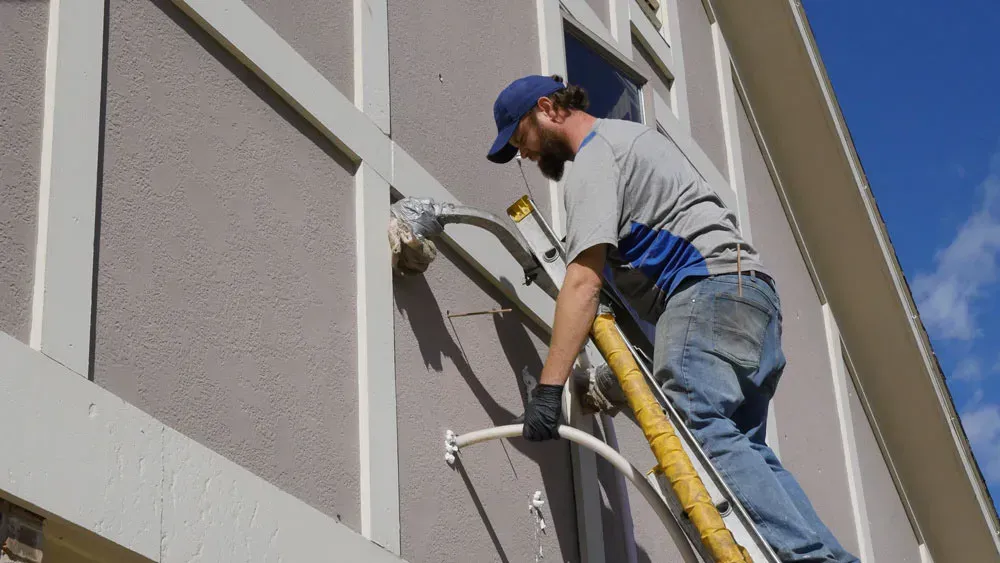
Enhancing home energy efficiency often relies on the performance of HVAC systems and the integrity of ductwork. RetroFoam insulation, known for its injection foam application and tri-polymer-based composition, fortifies barriers against heat transfer and humidity, significantly affecting comfort and energy consumption. Properly sealing a home with RetroFoam minimizes pest infiltration and prevents damage. Marketing energy-efficient homes becomes easier with RetroFoam’s compatibility with various architectural styles and construction methods, making it a versatile choice for homeowners upgrading their energy-saving measures.
The Role of HVAC Systems and Ductwork
In the pursuit of heightened energy efficiency, HVAC systems, and ductwork play pivotal roles, often overlooked in favor of more visible upgrades. Proper insulation with RetroFoam can significantly reduce heat transfer and moisture buildup, ensuring that every inch of heated or cooled air your furnace produces is effectively distributed without the costly consequence of leaks.
| System Component | Impact on Energy Efficiency | RetroFoam's Role |
|---|---|---|
| HVAC Systems | Improved operation and reduced energy consumption | Minimizes heat transfer and regulates temperature |
| Ductwork | Efficient air distribution with minimal loss | Prevents leaks and controls moisture |
The Impact of Home Sealing on Foam Insulation Efficiency
Sealing a home with RetroFoam insulation enhances energy efficiency by reducing utility costs and energy waste. This injected foam fills cracks and gaps in the building envelope, providing a robust barrier against heat loss. The process aligns with guidelines from energy agencies that highlight the importance of proper sealing for optimal insulation. RetroFoam supports energy conservation and lowers the carbon footprint by improving thermal insulation and preventing heat transfer, making it a key element in home improvement for environmental protection.
RetroFoam’s Compatibility With Different Home Designs
RetroFoam insulation effectively adapts to various structural layouts, from crawl spaces to basements. Its versatile tri-polymer-based composition forms a sturdy air barrier, adapting to unique architectural features while reducing a home’s carbon footprint. This adaptability ensures homeowners can boost energy efficiency regardless of their home’s design or existing insulation challenges. By creating an efficient thermal envelope, RetroFoam insulation helps maintain consistent indoor temperatures and supports environmental protection efforts through energy conservation.
Step-by-Step Guide to Retrofitting Your Home With RetroFoam

Switching to RetroFoam insulation enhances your home’s energy efficiency. Start by assessing insulation needs and deciding between professional installation, especially beneficial in Wisconsin, or a DIY approach. Post-installation, maintain routine checks for lasting benefits. This comprehensive strategy ensures reduced heat loss and improved energy conservation through RetroFoam’s injected foam properties.
Assessing Your Home’s Insulation Needs
Embarking on the journey to enhance a home’s insulation begins with a thorough evaluation. Identifying poorly insulated areas is pivotal, often necessitating a walk-through of the home to check for drafts, cold spots, and existing insulation conditions. Homeowners should prioritize this step, as it lays the groundwork for any subsequent decisions regarding the upgrade to RetroFoam insulation.
Professional Installation vs. DIY: What to Know
Deciding on RetroFoam insulation should involve consulting professionals due to the specialized nature of the installation process. Unlike DIY options available in cans, RetroFoam requires specialized equipment and expertise that cannot be casually sourced from a store. Professional installation ensures adherence to building codes, proper application, and safety standards, providing effective and safe insulation. Attempting a DIY approach is not applicable to RetroFoam, as it involves complex procedures that demand professional skills and tools.
Ensuring Long-Lasting Efficiency
Once installed, RetroFoam insulation requires minimal maintenance. Unlike other types of insulation, RetroFoam does not settle or shift, ensuring consistent performance over time. Homeowners can occasionally check for external factors, such as water damage or wall openings, that may affect the insulation’s effectiveness. By ensuring the integrity of the walls and addressing any structural issues, you can maintain a comfortable and energy-efficient home environment without the need for constant insulation maintenance.
Conclusion
RetroFoam insulation significantly boosts home energy efficiency by creating a tight thermal barrier that reduces heat loss, lowers energy bills, and eases the load on HVAC systems. This injected foam insulation fills gaps and seals air leaks, improving air quality and promoting a healthier living environment. Homeowners benefit from the long-term reduction in energy consumption, making RetroFoam a sustainable and cost-effective investment for maintaining a comfortable indoor climate.



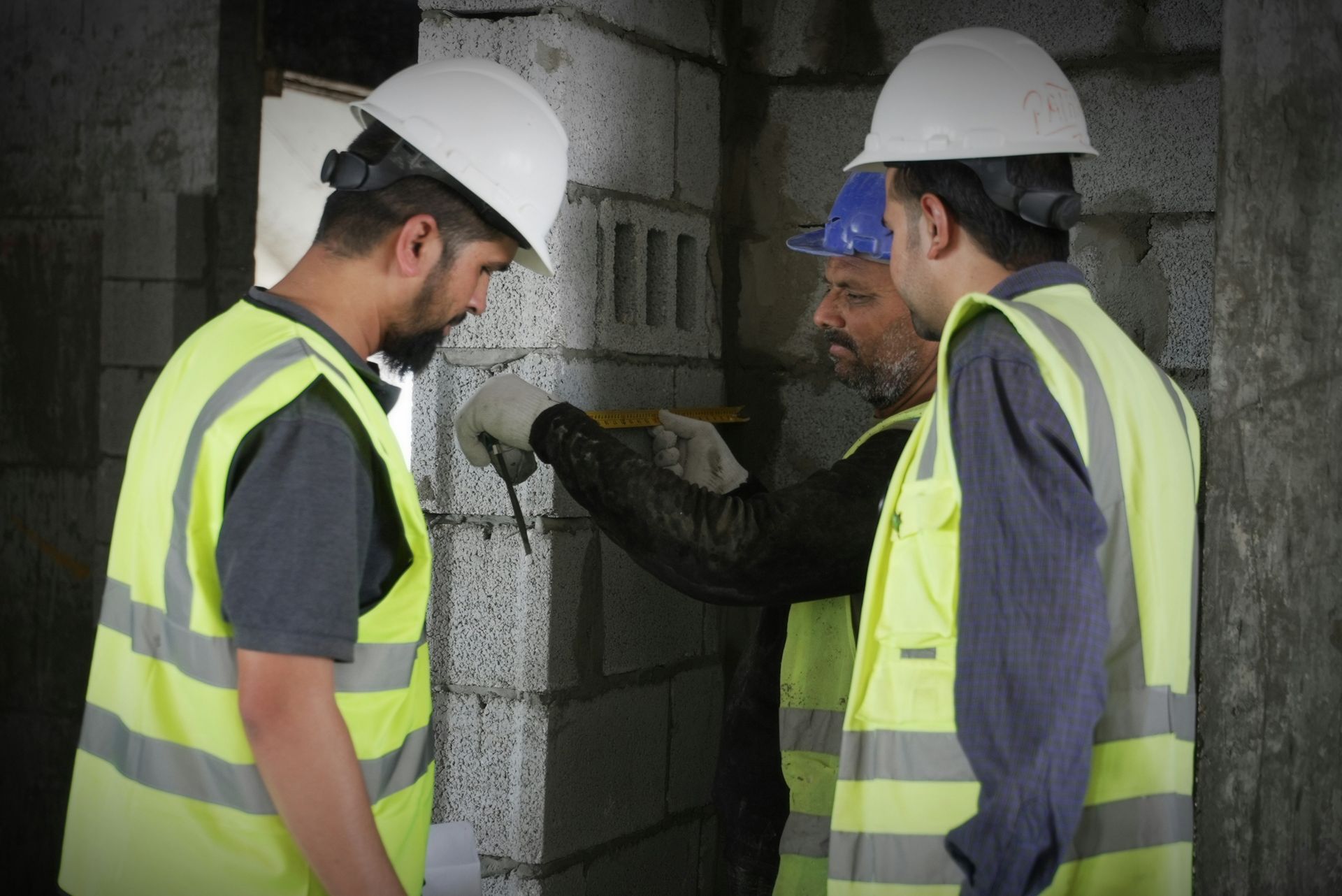
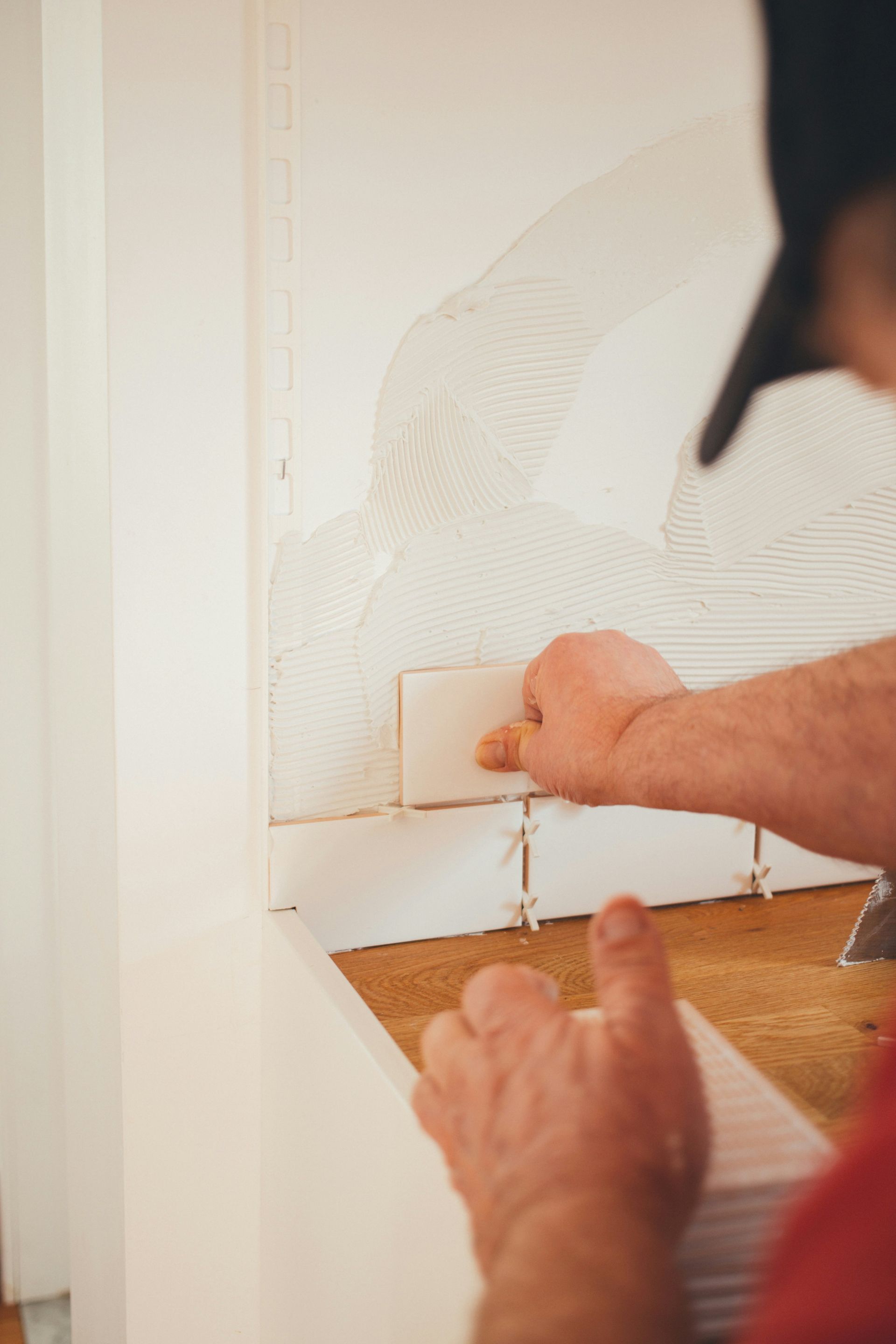

Share On: